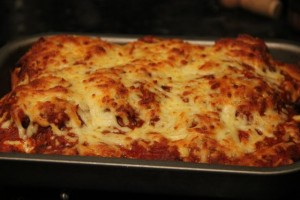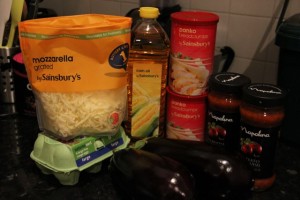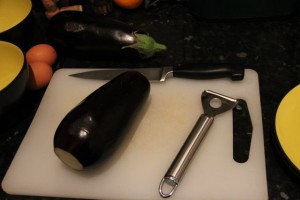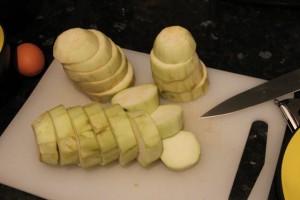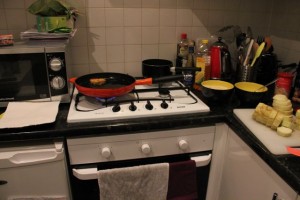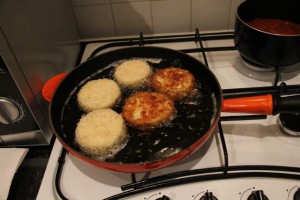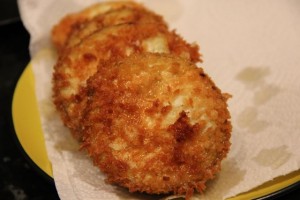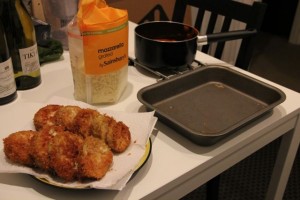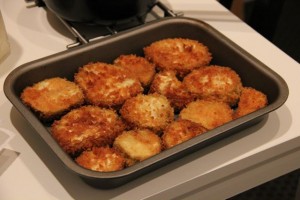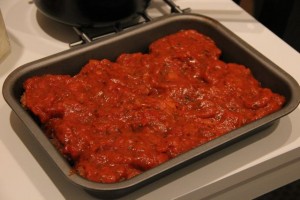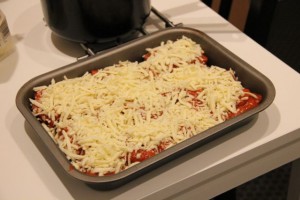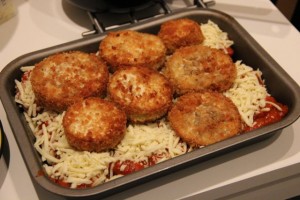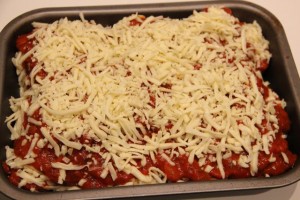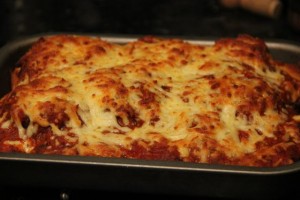Along with the theme of keeping warm, I came up with a brilliant plan to recreate the typical hearty dish of hot San Francisco chowder inside a hollowed-out loaf of sourdough bread. My other half brought back a 1.5 lb loaf of fresh sourdough bread from his business trip in San Francisco, and I went online to read up on New England clam chowder.
The problem with the San Francisco delicacy, is that there are few clams living in the vicinity of San Francisco (recently some have been introduced through aquaculture). The chowder used in the their popular sourdough bowls is straight from a can. The UK, however, is abundant in clams. In fact, this is the perfect time of year to be eating shellfish in the UK, as many fish are out of season and are not sourced locally. For a sustainable dinner in winter, bring on the scallops and mussels and clams.
I had great intentions of buying my clams at the Billingsgate fish market, which has been in London for the past 800 years, but getting up before dawn proved more of a chore than I had initially thought. I scrapped the idea and walked up to the Hampstead fishmonger instead at the civilised hour of noon, ringing ahead to make sure they were in stock. The premises are tucked away down a narrow hallway next to the Hampstead Community Centre, just a couple buildings down from a crepe stand.
I hope I’m pronouncing it right!
Clam chowder, serves 2-4 (adapted from www.livestrong.com)
Ingredients
1 kg / 2 lb live clams
6 fl. oz. / 3/4 cup / 175ml dry white wine
3-4 chopped bacon slices (a.k.a. lardons) + olive oil for frying (I used garlic-infused olive oil)
2 onions
1 garlic clove
2 Tbsp plain flour
3 large potatoes (I used 6 medium red potatoes)
7 fl. oz / 200ml heavy cream / double cream
1 sourdough loaf per person (instead of soup bowls), with chopped flat leaf parsley for garnish (we shared a giant one between two people and spent a lazy afternoon eating chowder and watching films)
Get your clams from the fishmonger the same day to ensure they’re fresh. Some of mine were still moving, wobbling from side to side in the cold tap water, which was disconcerting, but proved they were fresh. Fresh clams should still be alive.
1: Rinse clams with cold tap water. Pick up each clam in turn and remove any weed and dirt. Discard any smashed or wide open clams. Put the clean clams in another bowl.
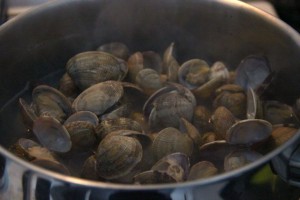
2: Boil a pint / 570ml water and the white wine together in a large pot. Put the cleaned clams into the pot and cover. Cook at a hard boil for two minutes. Check to see that most of the clams have opened. Hold the pot over a colander and drain — catching the liquid in a measuring cup. Remove the flesh from each shell and set it aside (I used a grapefruit spoon to separate the insides from the shell).

3: Fry bacon / lardons in olive oil in the bottom of your stockpot until they turn crispy and browned. Use a high-sided pan or pot. Scoop the bacon from the pan and add two chopped onions and a chopped garlic clove. Cook for four minutes. Sprinkle in 2 Tbsp of plain flour, stirring it into the oil and fat until you get a smooth paste / rue. Cook for four minutes, taking care not to let the paste brown or burn.

4: Add water to the clam liquor in the measuring cup until you have 17 fl. oz. / 0.5L of liquid. Pour this into the bacon pan. Chop three large potatoes into bite-sized chunks. Add to the pot. Bring to the boil and simmer lightly for 10 to 15 minutes, or until the potatoes soften.

5: Pour in heavy cream / double cream. Put the clam flesh into the broth, stir and cook for another three minutes. Serve inside a hollowed-out round loaf of sourdough bread, with a little chopped parsley on top, and use the bread from the inside of the loaf for dipping.
Enjoy!


